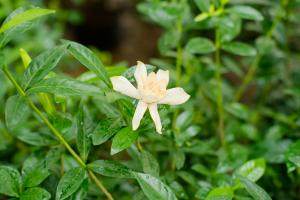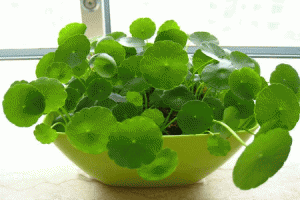Is Water Agitation Needed for Planted Tank?
Water agitation, or the movement of water, is a common practice in aquariums to keep the water oxygenated and prevent the buildup of harmful waste products. But is it necessary for a planted tank?
The Importance of Water Movement in Aquariums
Before we discuss whether water agitation is needed for a planted tank, let's understand the importance of water movement in general. Water agitation helps in various ways, including:
Providing oxygen exchange for fish and other aquatic inhabitants.
Preventing the buildup of toxic waste products such as ammonia and nitrite.
Preventing stagnant areas where debris and uneaten food can accumulate.
Promoting the growth of beneficial bacteria that help maintain water quality.
Water Agitation and Planted Tanks
Planted tanks often have a different set of goals and requirements than other aquariums, making water agitation less critical. The main advantage of less water movement in a planted tank is that it maintains carbon dioxide levels. This is because plants rely on carbon dioxide for photosynthesis. When the water is highly agitated, carbon dioxide is lost to the atmosphere, reducing levels that the plants need to grow.
In other types of aquariums, where fish are the main focus, the water must be highly oxygenated to support their respiration. However, in planted tanks, the emphasis is on plant growth, and most aquatic plants photosynthesize during the day, which means they release oxygen into the water. Therefore, oxygenation from water agitation is not as critical because plants produce most of the oxygen needed in the tank.
Balancing Water Movement and Plant Growth
While water agitation may not be as necessary in planted tanks, too little movement can lead to several problems. For instance, stagnant water can lead to the accumulation of detritus, debris, and organic waste, which can provide a breeding ground for harmful bacteria and parasites. Moreover, stagnant water may inhibit the distribution of nutrients throughout the tank, which can limit plant growth.
Therefore, when setting up a planted tank, it's important to strike a balance between water movement and plant growth. A moderate amount of water agitation can help prevent the buildup of waste, distribute nutrients, and encourage plant growth without causing carbon dioxide losses from the water.
The Bottom Line
In conclusion, while water agitation is not as vital for planted tanks compared to those with fish, it's still important to maintain some level of movement to prevent stagnant water and promote plant growth. Strike a balance between water movement and carbon dioxide levels to ensure the health and vibrancy of your aquatic plants.

 how many times do yo...
how many times do yo... how many planted tre...
how many planted tre... how many pine trees ...
how many pine trees ... how many pecan trees...
how many pecan trees... how many plants comp...
how many plants comp... how many plants can ...
how many plants can ... how many plants and ...
how many plants and ... how many pepper plan...
how many pepper plan...































